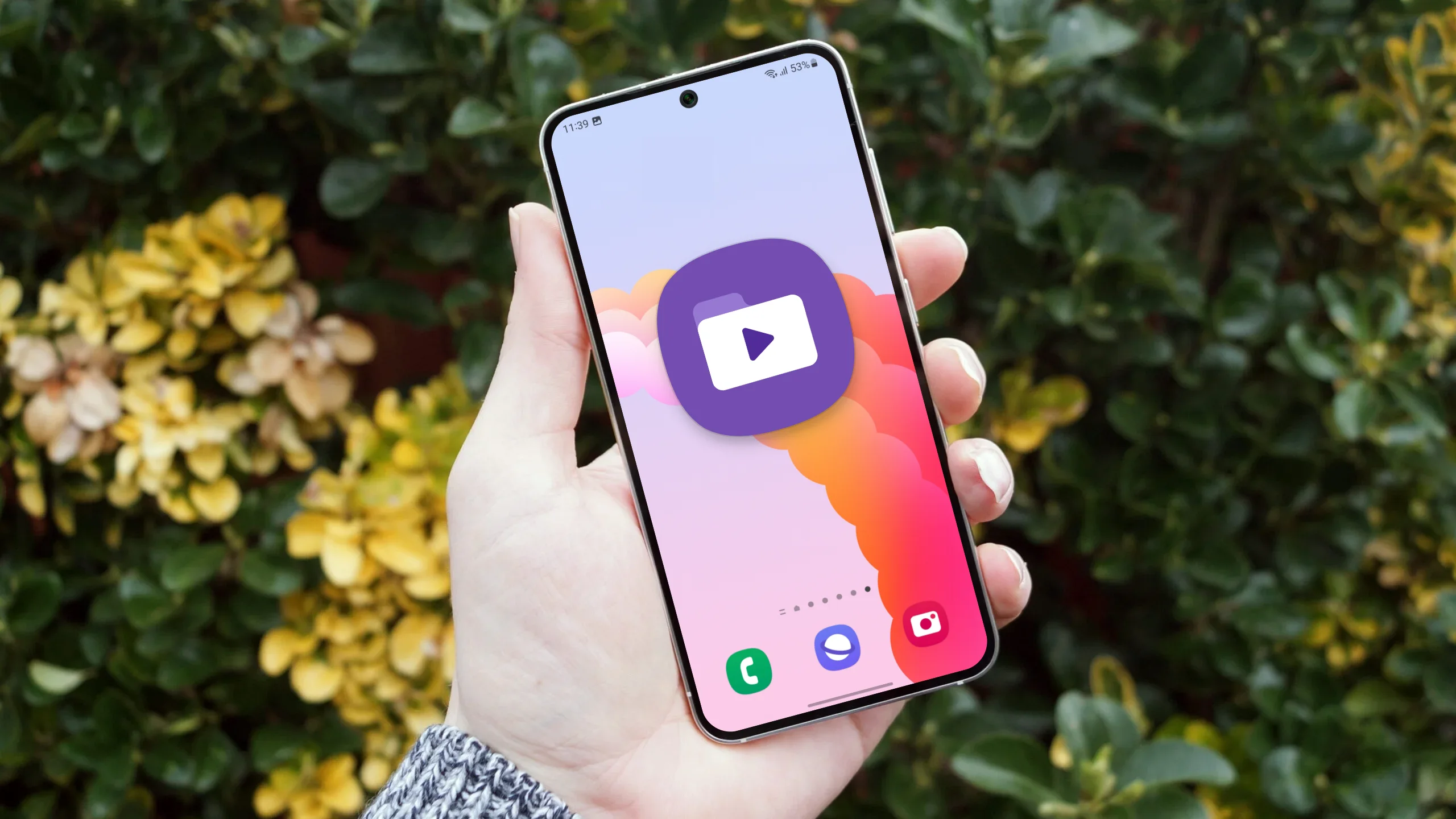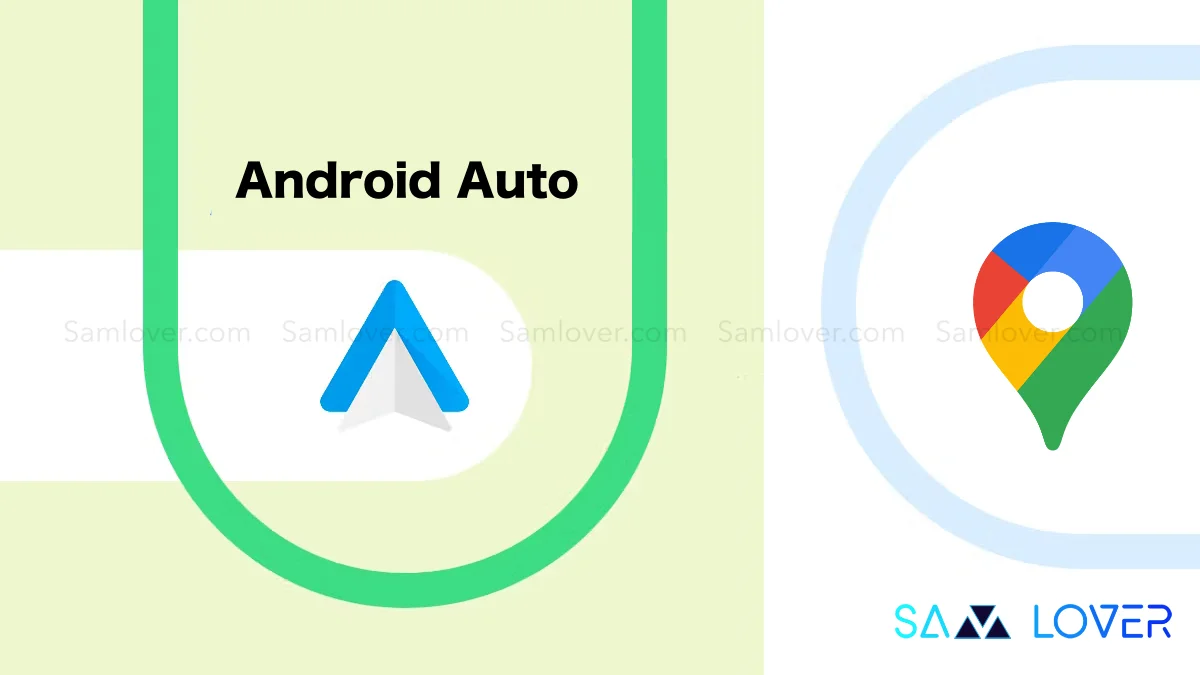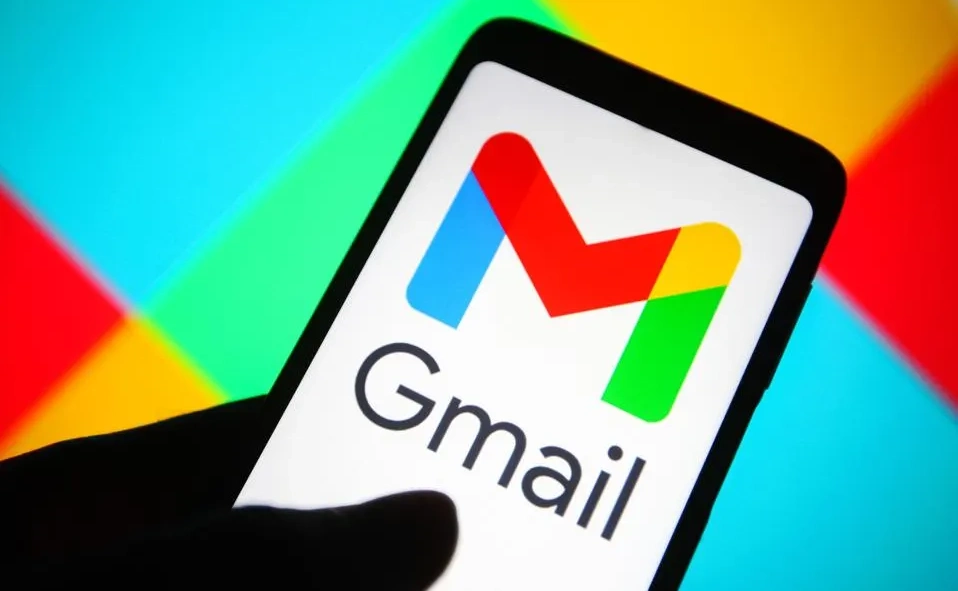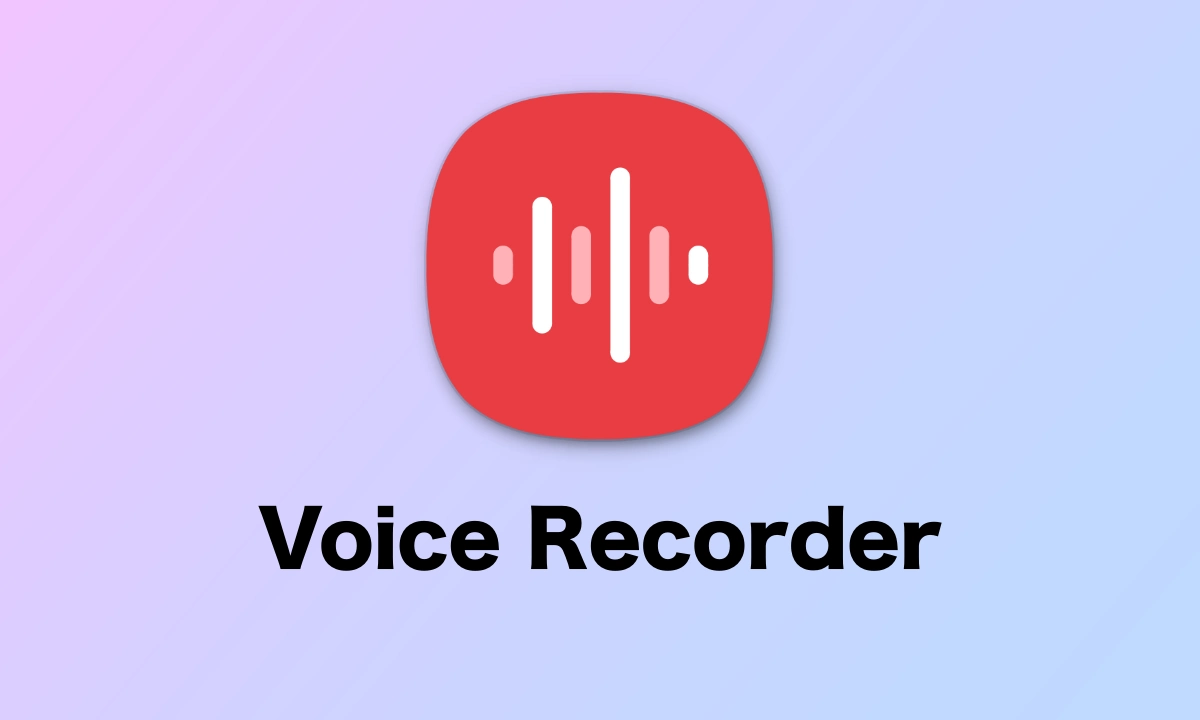Apps & Services
Samsung Galaxy Affordable Phones to Get Better Video Playback with AV1 Support

We are exactly in the middle, where time is actual money. To preserve time, people prefer to go through video instead of searching or reading. Undoubtedly the biggest source of videos is YouTube, which shared an astonishing statistic.
Digital media platforms are hubs of entertainment, and the rise of this landscape came from TikTok and the never-ending online streaming war between Netflix and other media companies. Now, for smoothly delivering the video content by these online services constantly, it’s pretty essential that brands use the best compression technology available to save bandwidth.
This is the main reason why the Alliance for Open Media’s AV1 codec has been gaining grip among online streaming services.
Basically, AV1 is a video codec that provides excellent compression efficiency as compared to previous codecs, such as H.264, H.265, or VP9, so it directly points out that video encoded in AV1 can deliver similar video quality at quite lower bitrates. This decreases the bandwidth needed by both the streaming service and the end user without compromising on quality.
Somehow, it appears that streaming services have been a bit late to adopt AV1 for their content. But while platforms such as YouTube, Netflix, Instagram, and Vimeo already encrypt much of their content in AV1, they still serve this content in other codecs to the huge majority of consumer devices.
This is the main reason why several consumer devices still lack hardware support for playing back AV1 videos, so that means they would have to use a software decoder running on the CPU to play back an AV1 video. The fact is, video decoders can be hardware-based or even software-based by using the CPU, but hardware is the better option for smooth playback and low power consumption, specifically for demanding video formats such as AV1.
Hard to relate, the majority of smartphone devices lack hardware-accelerated AV1 decoding; that’s why battery drains occur most while watching videos. Finally, the latest chipsets from Qualcomm and Apple include it, but its obvious adoption will take quite some time as not everyone upgrades frequently or buys flagship devices.
Whereas, as a strong competitor, Google is also gearing up to upgrade Android so that existing devices can sufficiently play back AV1 content even if they lack a hardware-accelerated decoder. Although the release of Android 10 has included the libgav1 decoder, an open-source AV1 decoder developed by Google, Noticeably, libgav1 is not the only AV1 decoder out there, as there’s also the Alliance for Open Media’s libaom and VideoLAN’s libdav1d. (via- Android Authority)
Libdav1d also runs on the CPU, similar to libgav1, but it’s efficiently better at decoding AV1 content as compared to libgav1. This is possibly responsible for the fact that large parts of libdav1d were written in assembly for ARMv8 chips, which decreases performance overhead. As per the reports, when the device Google Pixel 3 XL was tested, which is powered by Qualcomm’s Snapdragon 845, it lacked a hardware-accelerated AV1 decoder. While testing, the reporter played back two videos encoded in AV1: a 6:30 clip of the Artemis, then launched at 4K60, and a 9:11 clip from Netflix named “Sparks” at 1080p25. The testing shows that libdav1d performed better as compared to libdav1. Whereas the Pixel 3XL averaged more than 50 fps when playing the Artemis 1 clip using libdav1d as the decoder.
By using VLC Media Player, you can test libdav1d on your Pixel 3 XL device, which bundles libdav1d. Since November, the AOSP source code has included the libdav1d decoder. This is because Google needed to experiment with using libdav1d instead of libgav1 as the system-provider AV1 decoder for Android.
It is also known that Google informed its partners a few months ago that they have plans to replace libgav1 with libdav1d on existing devices by March 2024 through an upcoming Google Play System Update. Now let’s see what twerks will appear in the upcoming March 2024 Google Play System Update.
Apps & Services
Android Auto 11.9 Now Available for Beta Testers

Google’s developers are releasing an update for its Android Auto app with great constancy. After providing stable version 11.8, there is a new beta ready to test.
Google released Android Auto 11.9 Beta Update
This new Android Auto 11.9 beta build landed online a few hours ago, allowing users to test its features before the public rollout begins.
The latest Android Auto 11.9 beta is ready to download for all users who have registered for it. However, the update rarely brings significant changes from the previous updates. The mMountainvViewgiant didn’t offer the changelogs for the Android Auto updates, so the only way to find out what’s new in version 11.9 is to install it on your device and look for changes.
In the previous Android Auto 11.8 update, the redesigned Settings menu began rolling out to users. Installing Android Auto 11.9 beta doesn’t guarantee you’ll get the new Settings interface today, but it is required once Google enables the server-side update on your device.
Keep in mind that Android Auto 11.9 is still in the beta stage. As a result, you may encounter bugs and issues after installing it. As a result, you might experience crashes or other issues while using this beta version.
Apps & Services
Gmail for Android Now Offers AI-Powered Email Summaries with Gemini

Google’s Gemini AI adds a new convenient and awaited functionality to the Gmail app for Android: the ability to summarize emails.
The previous reports have already revealed that the Gmail app for Android devices is going to have the ability to summarize emails using Google’s Gemini AI. Now, recent reports are revealing that this feature is close to launch.
A colleague Android Authority contributor and reliable cose sleuth Assemble Debug managed to activate the feature on version 2024.04.21.626860299 of the Gmail app. Google has not yet widely rolled out the feature, but we expect it to happen soon.

Expectations are that Google will formally announce the feature at the upcoming I/O 2024 event, along with many other announcements about the upcoming iteration, including the launch of the Pixel 8a.
Once the brand officially rolls out this feature, you will see a “Summarize this email” button under the subject line of their emails. If you hit the button, it will generate a quick summary of the email. This feature should be especially convenient for lengthy emails with lots of text and other details.
You will also have the power to rate the quality of the summary by tapping the thumbs-up and thumbs-down buttons under the summarized text. Probably, this will help Google improve Gemini’s summarizing capabilities. It will also offer a button to copy the summary to the clipboard.
Apps & Services
Samsung Voice Recorder Update Fixes Bugs

Recently, Samsung has introduced several updates to its application to provide new experiences to its users. For instance, it has provided a new update for QuickShare connectivity and several Good Lock modules. Now, the company has started rolling out the update for the voice recorder.
Samsugn has rolled out a new update for the Voice Recorder application, which comes with version number 21.5.12.02. According to the changelog, the latest update for voice recorders is coming, which will improve the functionality of various functionalities. Unfortunately, the company hasn’t shared details about it. However, since the company introduced the transcribe ability for users with the One UI 6.1, it is possible that the company will improve this ability with this update.
But one thing is certain: if you are experiencing any issues while using any of the features, you should upgrade to the most recent version. To do that, you just need to go to the Galaxy Store and search for the voice recorder. Users can also sidelog the latest version of the application from external sources.













